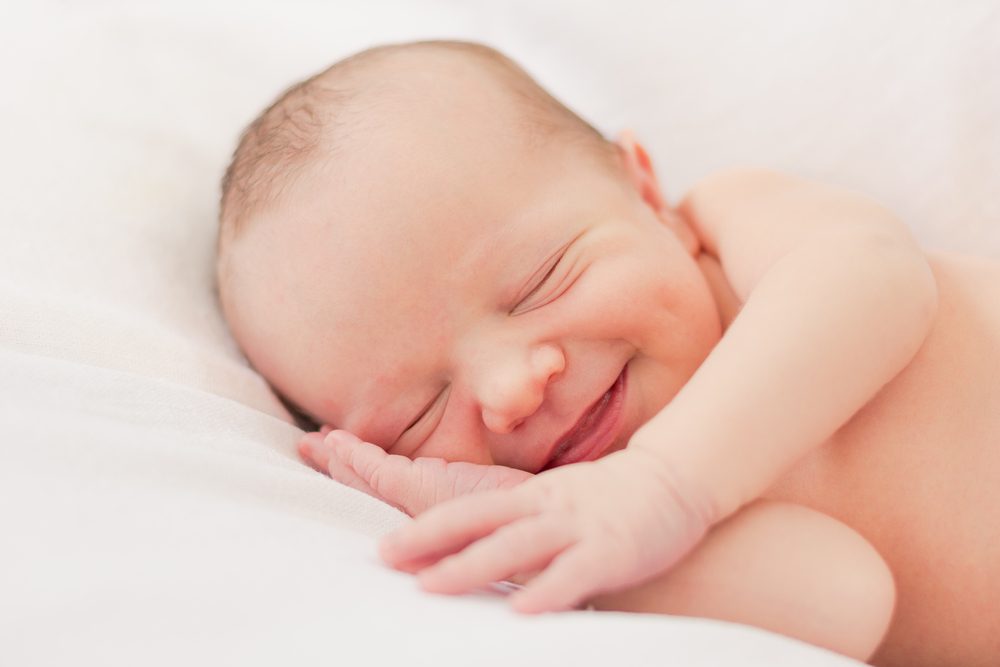
Baby’s first year is such an exciting one. As a parent, you can’t wait for those thrilling moments when your baby smiles for the first time, claps, stands up, and takes that monumental first step. Baby milestones are a huge part of your little one’s development.
Whenever you head to the pediatrician for one of your baby’s well visits, the doctor asks about those milestones. They’re a major component of your child’s physical, mental, and emotional development. While proud parents want to document those amazing moments on Instagram and send a video to the grandparents, it’s actually important to keep track of those adorable and noteworthy baby milestones.
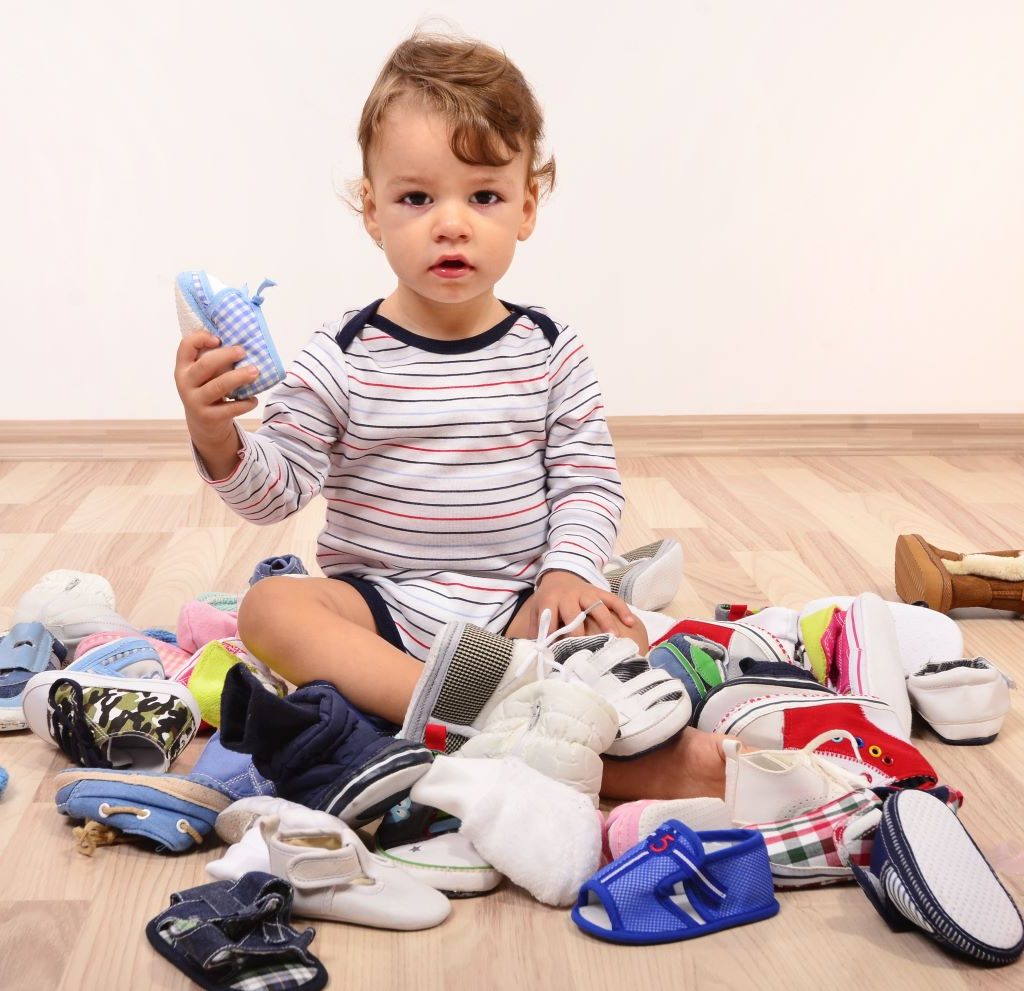
What are baby milestones?
Of course, parents are enamored with everything their baby does, but those cute smiles in their sleep are actually considered a baby milestone. Baby milestones are accomplishments your little one does, like sitting up, crawling, and holding an object in their hand. While these moments are endearing, baby milestones are important developmental markers. Baby milestones help parents and doctors track a baby’s gross and fine motor, as well as language, cognitive, and social development.
Pediatricians ask about certain baby milestones at well visits in order to identify possible physical or cognitive delays. Since early detection makes a huge difference when it comes to addressing developmental delays in children, doctors begin taking note pretty early on. It’s vital to remember that there is a range in which doctors expect babies to reach these milestones.
This is where a baby milestone chart comes in handy. Using a chart alerts you to timeframes when you should see your child exhibiting particular behaviors and actions. If you don’t; it’s not necessarily cause for alarm. Every child develops at their own rate. When there’s something you’re not observing, like babbling, bring it up at your child’s next well visit.
So. how do you know which baby milestones you should be watching for and when?
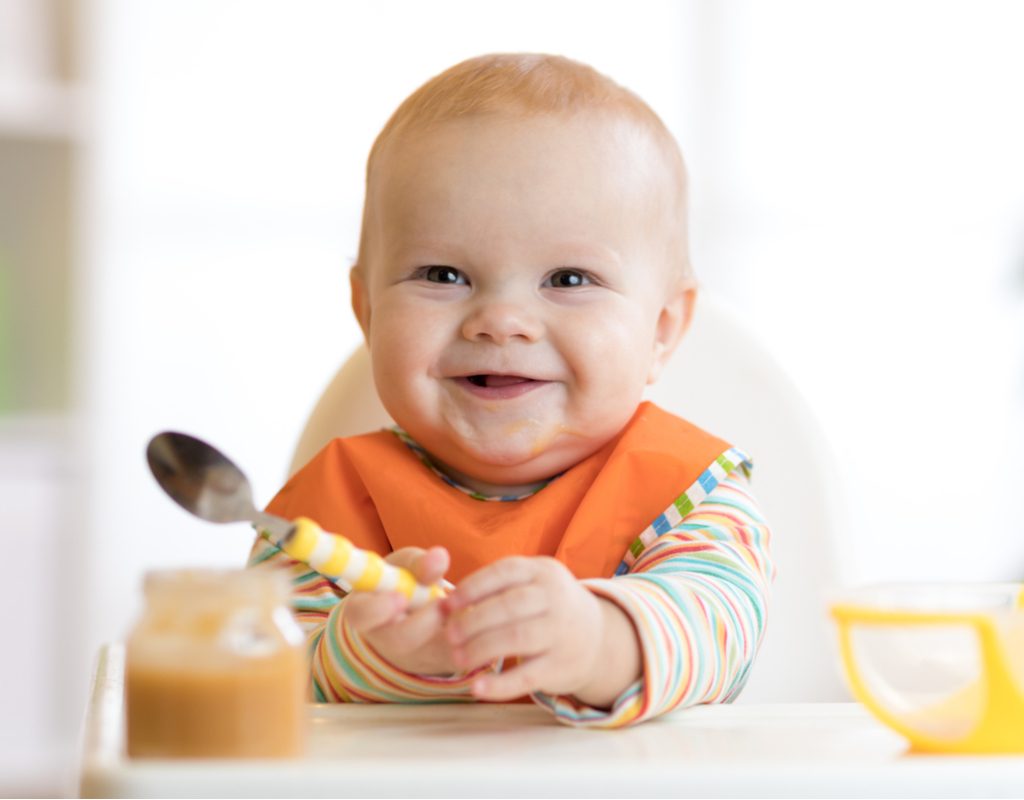
Baby milestone chart
A milestone like rolling over for the first time is super exciting. Snap a photo and let Grandma know. Then, take note. These cute accomplishments form the foundation for other baby milestones like crawling and pulling up. During baby’s first year, they’ll achieve many milestones. Here’s a chart of the major ones to be on the lookout for.
Age: 1 to 3 months
Babies grow and change at an amazing pace during this time. Your baby will be very different from those initial days home from the hospital when they were mostly sleeping, feeding, and soiling diapers.
- Responding to sounds
- Smiling first to themselves and then at others, as well to actions
- Holding their head up and eventually chest up during tummy time
- Noticing hands
- Opening and closing hands
- Gripping objects with hands
- Bringing hands to mouth
- Reaching for objects
Age: 4 to 6 months
During this timeframe, a lot is happening with gross and fine motor skills, as well as language and cognitive development.
- Rolling over from front to back and back to front (front to back usually occurs first)
- Babbling
- Laughing
- Having better head control
- Reaching, grabbing, and holding toys with their hands
- Sitting up with assistance
Age: 7 to 9 months
Babies during these three months are trying new foods and getting ready to explore the world around them.
- Crawling
- Sitting up by themselves
- Babbling
- Responding to words like their name and no
- Clapping
- Pulling up to a standing position
- Holding a bottle
Age: 10 to 12 months
During these months, your little one is nearing the end of the baby stage and almost a toddler. These last three months, babies are very active and on the go, keeping parents on their toes.
- Feeding themselves finger foods
- Pointing at objects they want
- Cruising (a precursor to walking)
- Saying their first words
- Taking their first steps
- Using a sippy cup
- Starting to show an interest in utensils and possibly feeding themselves
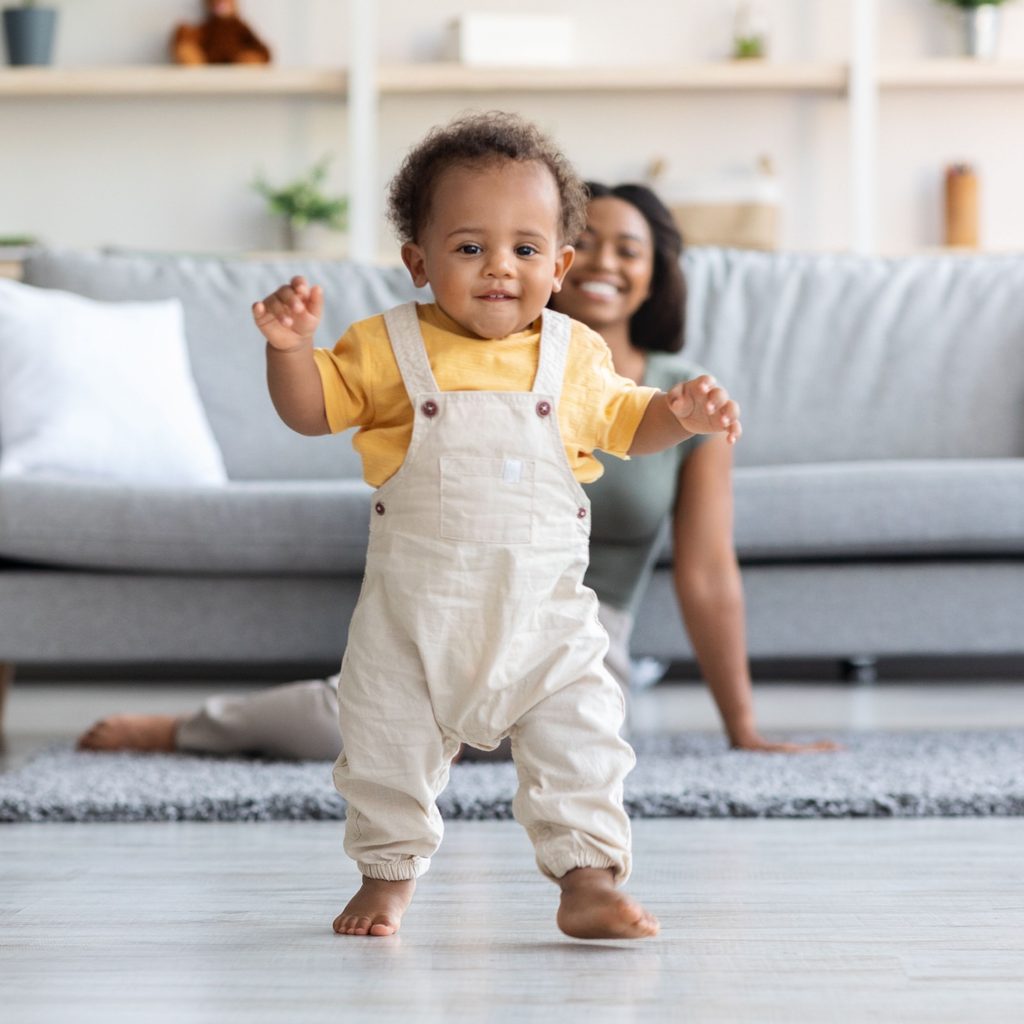
The walking milestone
Walking is a major baby milestone and one that parents anticipate highly and don’t want to miss. Most babies will be taking their first steps anywhere from 10 to 18 months. It’s a big range because every child is different. Some little ones will hit the 10-to-12-month mark for walking, while others begin walking during the early toddler stage from 13 to 18 months. If your toddler still isn’t walking after 18 months, talk to your pediatrician.
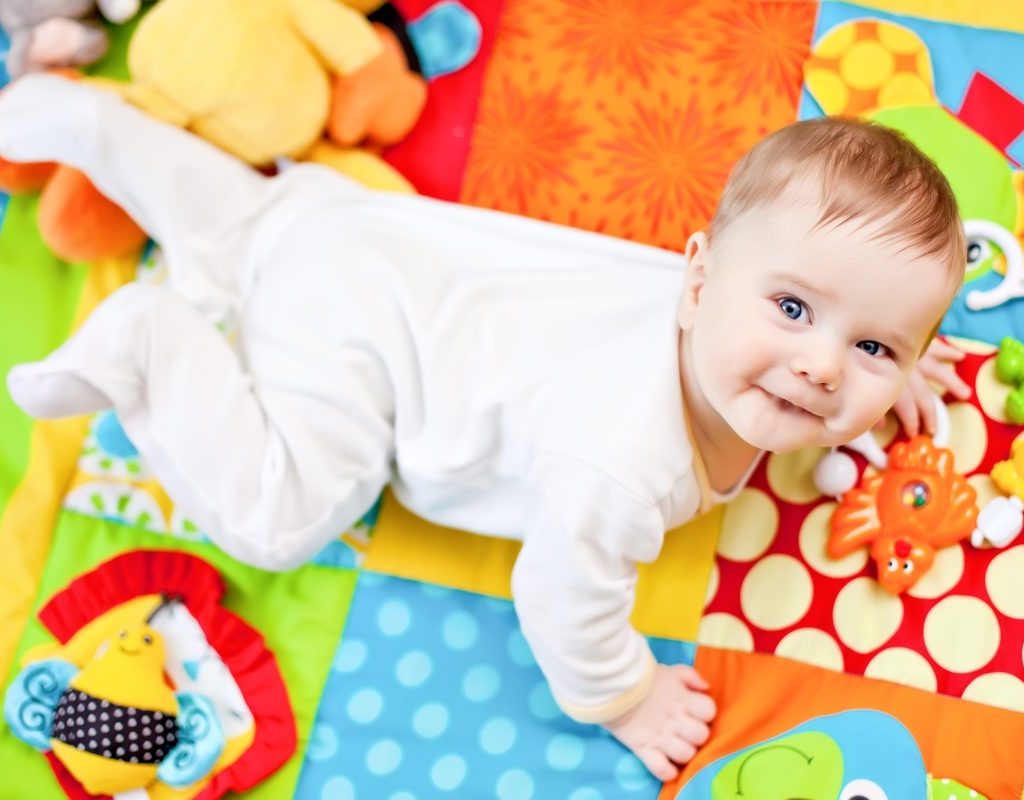
Keeping track of baby milestones
While it’s important to take notice of major baby milestones, you don’t want to get caught up. Don’t compare your baby with others. It’s OK if Susie’s son is crawling at 5 months old and feeding himself. Baby milestones are a guideline. Milestones like babbling are a building block for talking; just as rolling over and crawling are for walking. If you notice your baby isn’t hitting these milestones, your first step is to talk to your pediatrician. Remember, there is a range for a reason. Each child is different. Early detection is important with developmental delays, though, so if you’re concerned, ask.
Babies’ physical, cognitive, and language skills develop at their own rate. As parents, we can nurture baby’s development by enriching their world through interaction, music, books, toys, play, and more. Singing, talking, and engaging baby are all ways to help your little one reach those important developmental milestones that continue through the toddler stage and beyond.


